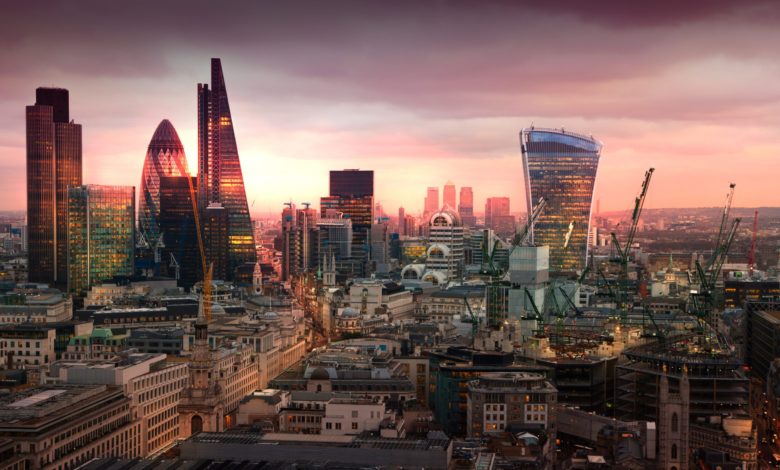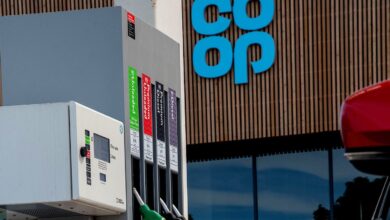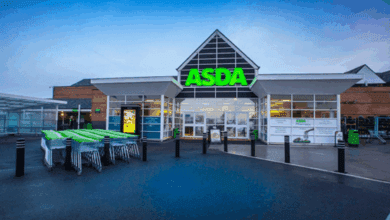Inflation jumps to 18-month high of 3.6% in June
The average petrol price dropped by 0.5 pence per litre between May and June 2025, compared with a fall of 3.0 pence a year earlier

Register to get 1 free article
Reveal the article below by registering for our email newsletter.
Want unlimited access? View Plans
Already have an account? Sign in
Inflation unexpectedly increased to a near 18-month high of 3.6% in June, driven by the rising cost of transport and food, according to the latest figures from the Office for National Statistics (ONS).
The figure is the highest recorded since January 2024, when the rate was 4.0%. On a monthly basis, CPI rose by 0.3% in June 2025, compared with a rise of 0.1% in June 2024.
It comes as prices in the transport division rose by 1.7% in the 12 months to June 2025, up from 0.7% in May.
The annual rise was driven by a smaller year-on-year fall in motor fuel prices. The average petrol price dropped by 0.5 pence per litre between May and June 2025, compared with a fall of 3.0 pence a year earlier. Petrol averaged 131.9 pence per litre in June 2025, down from 145.8 pence in June 2024.
Diesel prices also fell by 0.6 pence per litre in June 2025, compared with a fall of 4.8 pence in the same month in 2024.
The average price was 138.5 pence per litre, down from 151.5 pence a year earlier. Overall, motor fuel prices declined by 9.0% in the year to June 2025, compared with a fall of 10.9% in the year to May.
There were also upward effects from air fares, rail fares, and maintenance and repair of personal transport equipment.
Meanwhile, clothing and footwear prices rose by 0.5% in the 12 months to June 2025, reversing two consecutive months of negative annual growth. This compares with a fall of 0.3% in the year to May.
On a monthly basis, prices fell by 0.4% between May and June 2025, compared with a larger fall of 1.2% in the same period in 2024. The change reflected a smaller increase in the proportion of discounted items this year.
The annual rise was the result of small upward movements across a wide range of clothing and footwear items.
In addition, food and non-alcoholic beverage prices rose by 4.5% in the 12 months to June 2025, the highest rate since February 2024 and the third consecutive monthly increase. On a monthly basis, prices rose by 0.3%, up from 0.2% in June 2024.
There were upward effects from three of the 11 food and drink categories: bread and cereals (particularly cakes), meat, and milk, cheese and eggs (mainly cheddar). These were partially offset by downward effects from chocolate products, and fruit juices.
ONS Acting chief economist Richard Heys said: “Inflation ticked up in June driven mainly by motor fuel prices which fell only slightly, compared with a much larger decrease at this time last year.
“Food price inflation has increased for the third consecutive month to its highest annual rate since February of last year. However, it remains well below the peak seen in early 2023.”
Commenting on the figures, CBI principal economist, Martin Sartorius added: June’s stronger-than-expected inflation print will raise concerns that recent price pressures – driven by higher household energy prices and the passthrough of increased employment costs – could potentially re-entrench inflation in the economy.
“While we still expect the Bank of England’s Monetary Policy Committee to continue gradually cutting rates, today’s upside inflation surprise means its August decision will be finely balanced. Underlying price pressures show signs of easing as the labour market cools, which should support a rate cut. However, some members of the MPC will be wary of loosening too quickly and, consequently, risk inflation remaining above target for longer.”







